Corsican pine
Recognizing Corsican pine
Corsican pine is recognized by:
- Its trunks reaching 30-50 meters tall.
- Its scaly gray-brown bark
- Its long, pliable needles found in bundles of two
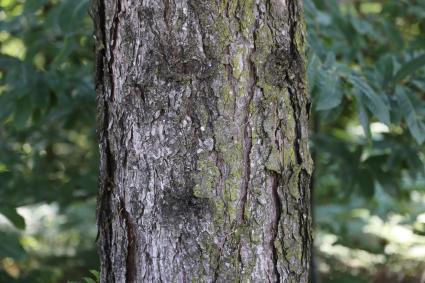
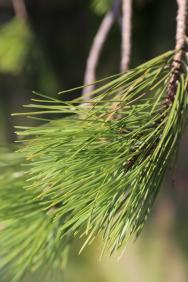
We distinguish between Corsican pine and its close relative, Calabrian pine:
- Its higher trunks with fine branches
- Its long, curly needles
- Its stumpier trunks with sturdy branches
- Its long, straight needles
Sites favored by these species of pine
Temperatures for Corsican pine
Annual average of 9-13°C. Quite frost-hardy and drought-resistant. Enjoys plenty of light.
Rainfall required for Corsican pine
Annual average of 800-1,200Â mm. However, it does not tolerate excess water. It will survive dry summers.
Soils favored by Corsican pine
Between 900-1,800Â meters altitude. It likes cool, porous, non-chalky soils. It grows more readily in soils with a sandy or granite base. It really prefers deep, acidic soils. One criterion: no waterlogging.
Temperatures for Calabrian pine
Annual average of 0-9°C. Does not do well in very cold conditions. It is heliophilous (loves the sun).
Rainfall for Calabrian pine
Annual average of 800-1,200Â mm. It tolerates excess water over 120Â mm relatively well. It will survive dry summers.
Soils favored by Calabrian pine
Between 900-1,800 meters altitude. It is often found on waterlogged and chalky soils. One distinguishing factor: does not do well in very cold winters.
Root development of Corsican pine
- Powerful running roots with secondary taproots
- Wind resistant
Corsican pine plantation
| Species | Density | Spacing | Benefits and drawbacks |
| Corsican pine | 1,100-1,600 plants/hectare | 3 x 3 m or 2 x 2 m | Frequent and abundant fruits Does not handle competition well; requires treatment against weeds. |
| Calabrian pine | 1,100-2,200 plants/hectare | 3 x 3 m or 2 x 2 m | Traditional plantation. Does not handle competition well; requires treatment against weeds. |
Density finale 150/200 stems hectare
Growth and production of Corsican pine
- Strong growth up to 80 years of age, then slows down.
- Production of 4-12Â m3/hectare/year (depending on site).
Corsican pine wood
- Red heartwood
- Easy sawing, dries without cracking or deformation.
- Very durable heartwood.
- Excellent wood for joinery and carpentry.
- Also used for paneling and in the paper industry.
- Trade name: Corsican pine

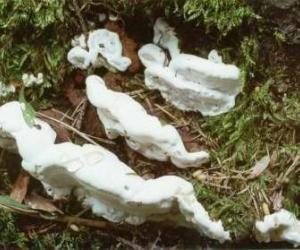
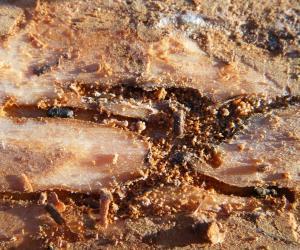
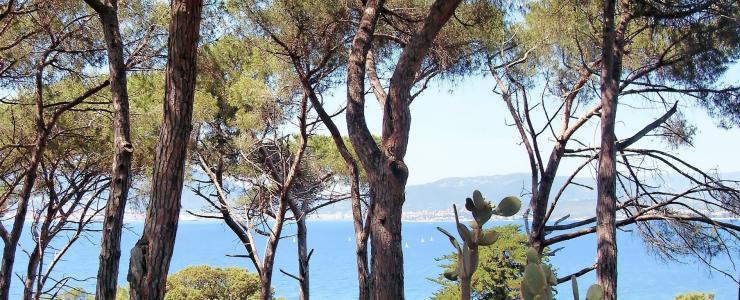
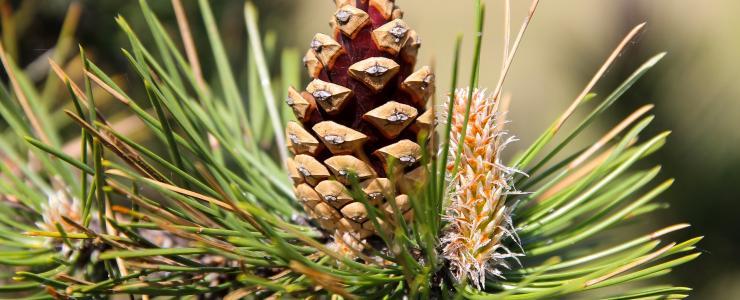
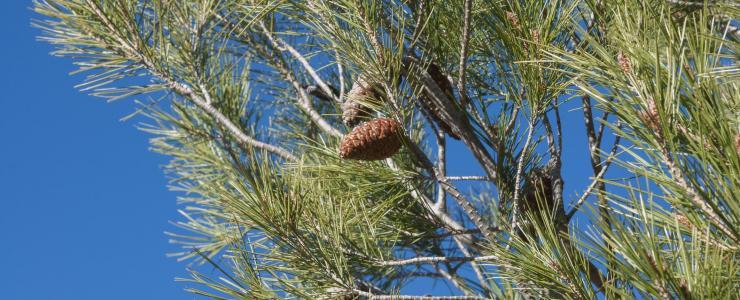
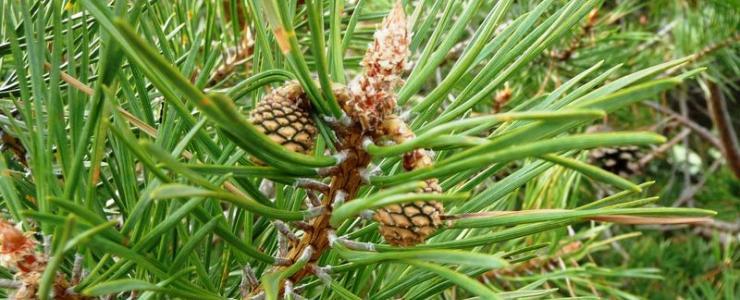
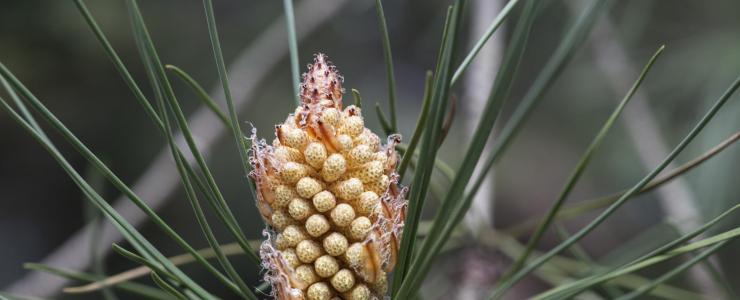
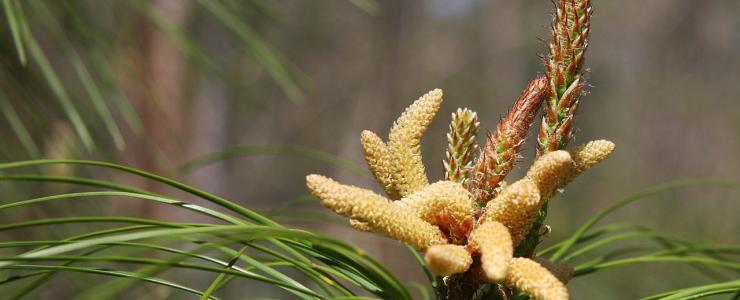
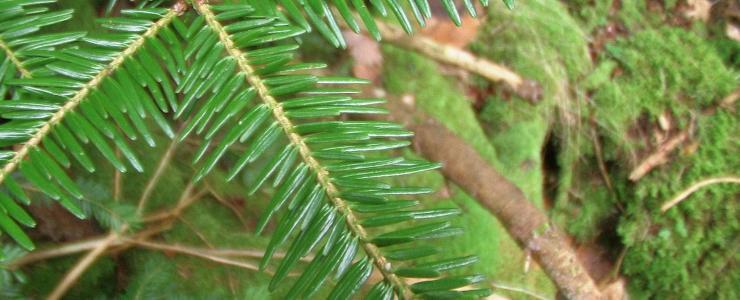
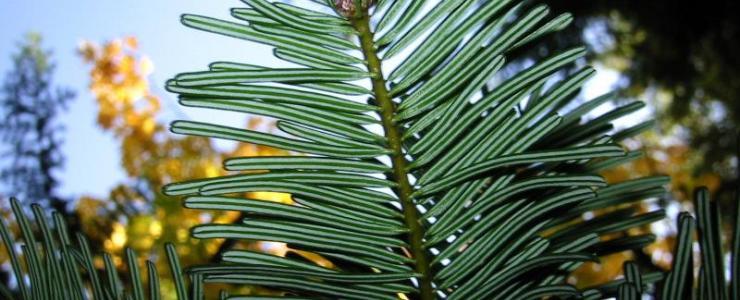
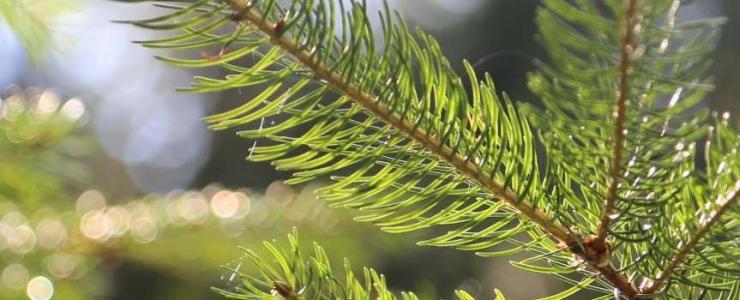
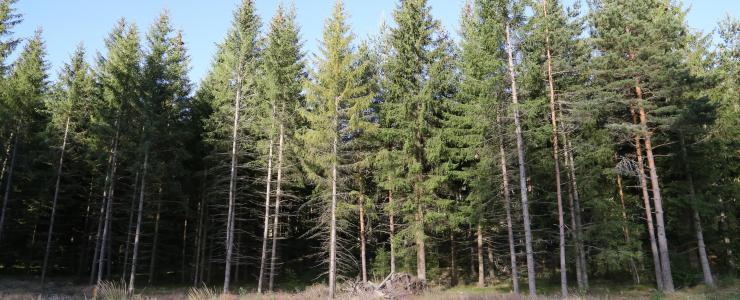
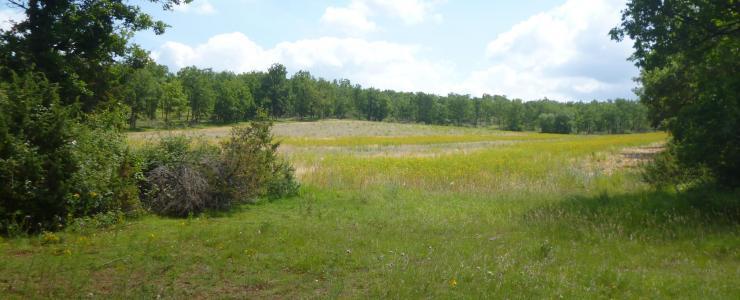
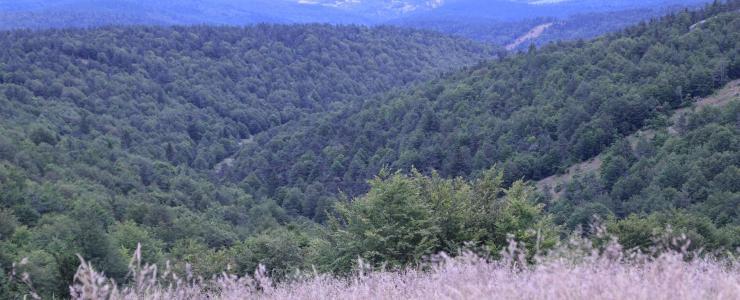
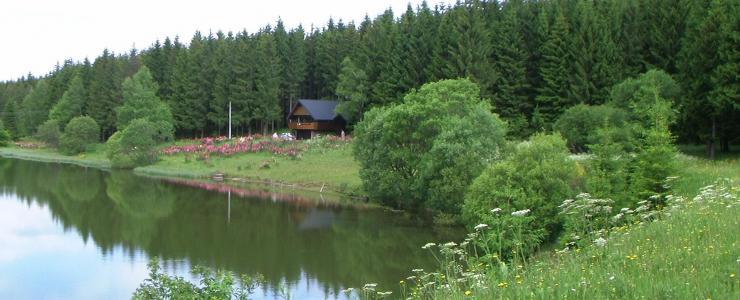
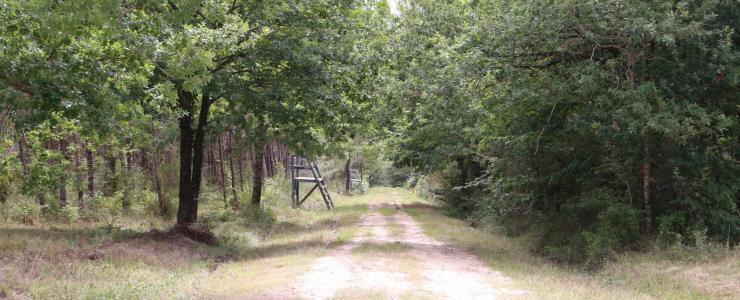
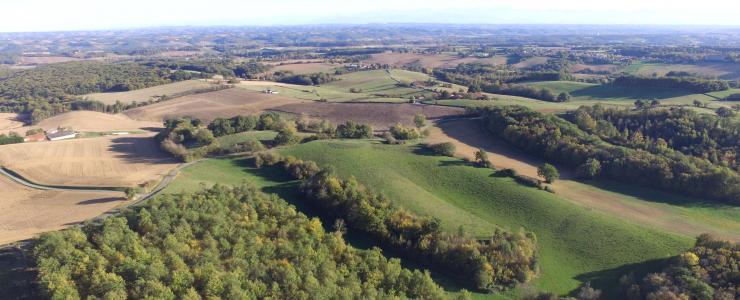
Economic view
Corsican and Calabrian pines are the third most frequently-used species for reforestation in France. They have a number of qualities for ecosystems and for industry.
They are appreciated for plantation in natural zones as they provide a habitat for certain bird species. This is why the Corsican pine is described as a species with heritage value.
The acquisition of a Corsican pine wood can therefore be a worthwhile investment: evidently for environmental reasons, but also because its timber has some remarkable qualities, appreciated in the sector.
It is used for carpentry, veneer, wood panels, cabinetwork and for pallets, and its essential oil is used as a natural antiseptic.
Finally, Corsican pine grows rapidly and produces quality wood.